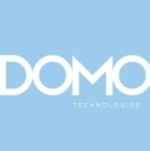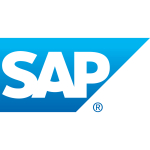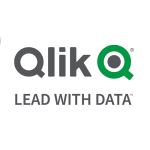What is our primary use case?
IBM InfoSphere DataStage was mostly used for ETL and data integration purposes, so extract, transfer, and load, including some data quality use cases. My team used the solution to extract data from various sources, do some business transformations, load the data into a target database, or generate files.
What is most valuable?
The best feature of IBM InfoSphere DataStage for me was that it was very much user-friendly. The solution didn't require that much raw coding because most of its features were drag and drop, plus it had a large number of functionalities.
What needs improvement?
What needs improvement in IBM InfoSphere DataStage is its pricing. The pricing for the solution is higher than its competitors, so a lot of the clients my company has worked with prefer other tools over IBM InfoSphere DataStage because of the high price tag.
Another area for improvement in the solution stems from a lot of new types of databases, for example, databases in the cloud and big data have become available, and IBM InfoSphere DataStage is working on various connectors for different data sources, but that still isn't up-to-date, meaning that some connectors are missing for modern data sources.
The latest version of IBM InfoSphere DataStage also has a complex architecture, so my team faced frequent outages and that should be improved as well.
For how long have I used the solution?
I've been working with IBM InfoSphere DataStage for more than seven years.
What do I think about the stability of the solution?
IBM InfoSphere DataStage is a stable product and it's been in the market for quite some time, but in its latest version, there's been some instability caused by the new features introduced in the solution. The architecture was changed a lot and that was causing issues and frequent outages that my company had to go back to IBM for troubleshooting. My team didn't face issues in the earlier version of IBM InfoSphere DataStage. It was the latest version that had instability issues.
What do I think about the scalability of the solution?
IBM InfoSphere DataStage is a very scalable product.
How are customer service and support?
IBM InfoSphere DataStage has a pretty good technical support, but with the new version, particularly the new architecture and the microservice concept, support sometimes takes a bit of time, even for the IBM team to figure out what's wrong, but once that's been figured out, the team comes up with the solution or with a patch.
How was the initial setup?
Setting up IBM InfoSphere DataStage was easy.
How long the deployment takes would depend on certain factors, but it usually takes just two to three hours.
What's my experience with pricing, setup cost, and licensing?
I have no information on the exact pricing for IBM InfoSphere DataStage because the solution is usually procured by the clients my company works with, though the pricing is higher compared to other solutions, so many clients choose to go with a different solution rather than IBM InfoSphere DataStage.
What other advice do I have?
The last version of IBM InfoSphere DataStage which I've worked with was version 11.7.
I work for an IT service company that works with multiple clients on multiple projects, so close to two hundred people use IBM InfoSphere DataStage for various clients.
Per project, on average, three people take care of IBM InfoSphere DataStage deployment, maintenance, and support-related activities.
My advice to people looking into implementing IBM InfoSphere DataStage is that it's a very good product. A lot of similar products have come up nowadays, but this product has a pretty good reputation as it's been in the market for quite a while. I do think other products such as Talend, Informatica PowerCenter, and Informatica Data Quality are better than IBM InfoSphere DataStage.
My rating for IBM InfoSphere DataStage is eight out of ten.
My company has a partnership with IBM.
Which deployment model are you using for this solution?
On-premises
Disclosure: My company has a business relationship with this vendor other than being a customer. Partner



















